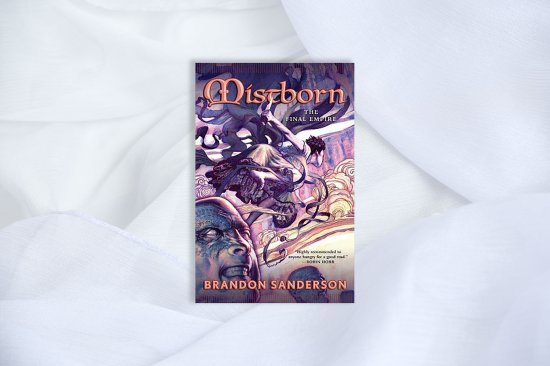
For years, Brandon Sanderson spent his nights behind the desk at a Provo, Utah hotel, churning out manuscripts that he hoped one day might take their place on shelves. Mistborn: The Final Empire wasn’t Sanderson’s first novel to find a publisher—that was 2005’s Elantris—but it was the book that defined his approach to writing fantasy and set him on a path toward widespread recognition. Now, he’s one of the genre’s most beloved—and prolific—authors. With Mistborn: The Final Empire, Sanderson popularized his approach to crafting complex magic systems, in which the rules that govern the extraordinary have more in common with a chemical equation than with a wave of a wand. The 2006 epic fantasy follows a pair of allomancers—individuals who ingest small amounts of metal to fuel magical abilities—as they rebel against an immortal ruler’s thousand-year reign. The detail with which Sanderson explores the hows and whys of allomancy in the novel, setting up a crescendo of action and adventure by its end, is a solid illustration of his own “First Law of Magics,” which posits that a writer’s capacity to resolve a story’s conflict using magic is directly correlated with readers’ understanding of how that magic works. —Cate Matthews